Desert Gardening: How to Grow Vegetables in a Hot, Dry Climate
Vegetable gardening in the desert is challenging. The extreme heat, low rainfall, and difficult soil of arid climates are intimidating, especially compared to other places where things seem to grow without effort.
My first attempts at gardening using guidelines meant for other areas failed. Learning the principles in this article has been the key to my gardening success in the low desert of Arizona. I want to share them with you so you can grow a bountiful vegetable garden year-round. This guide will walk you through the key steps to success in gardening in arid climates, from understanding the seasons to choosing the right plants and dealing with the extreme summer heat.
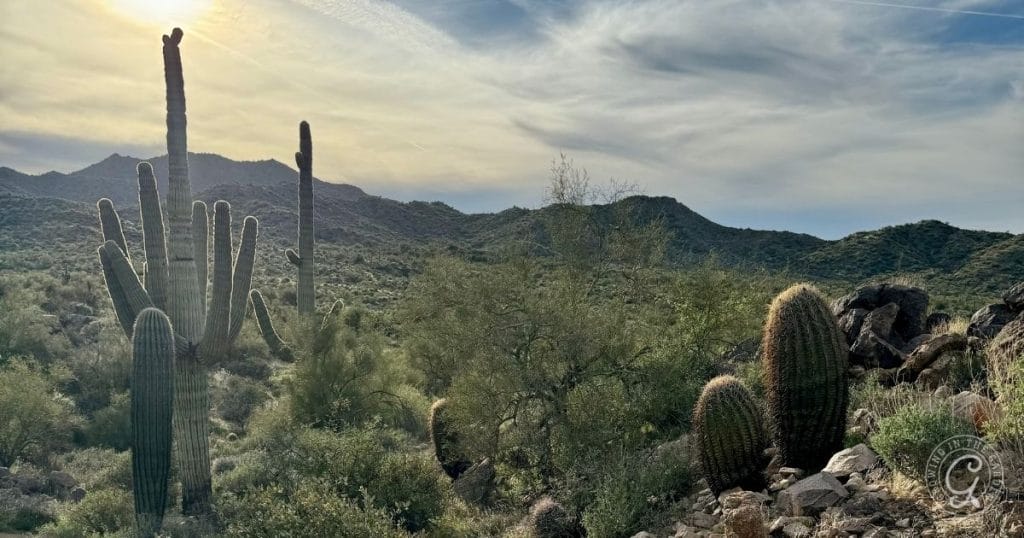
Article Index:
- Understand the Characteristics of the Desert Growing Seasons
- Choose the Right Crops for Each Desert Season
- Amend and Prepare the Soil
- Water Wisely
- Create Microclimates in Your Garden
- Manage the Heat Island Effect
- Take a Summer Break or Grow Heat-Tolerant Crops
- Protect Plants from Pests
- Learn from Failures
- Use Local Resources and Connect with Other Gardeners
1. Understand the Characteristics of the Desert Growing Seasons
Gardening in the desert involves navigating multiple short growing seasons. Each season brings unique challenges and opportunities; timing is key to success. Here’s a breakdown of the seasons in the low desert and what to expect:
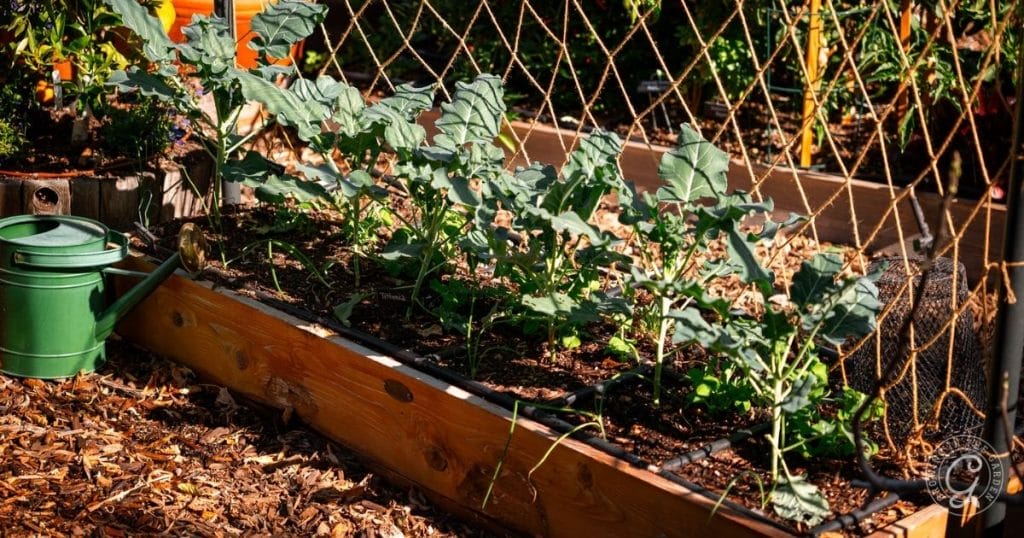
- Spring (Short Window Before Heat): The spring growing season in the desert is brief. Temperatures quickly climb, so you must plant early to establish warm-season crops before the heat sets in. Watch out for fluctuating temperatures early in the season and frost in some areas. Learn more about spring gardening in Arizona in this guide.
- Summer (Intense Heat): Summer temperatures are often too extreme for most crops. During this time, either take a break or focus on heat-tolerant crops. To protect plants, use shade cloth, deep watering, and mulching. If you aren’t planting, consider cover crops to protect the soil. Read more about summer gardening in hot climates here.
- Monsoon (Late Summer/Fall Planting Opportunity): The monsoon season offers another chance to plant warm-season crops like tomatoes and peppers. The rain and slightly cooler temperatures help crops produce fruit. Get tips for gardening during the monsoon season in this guide.
- Fall/Winter (Cooler, Prime Growing Time): Fall is the best growing season in the desert. Cooler nighttime temperatures and warm soil allow crops to establish quickly. The mild winter offers a long season for cool-season crops, with minimal frost protection needed. Read fall and winter gardening tips in this post.
2. Choose the Right Crops for Each Desert Season
Once you understand each season’s characteristics, select crops best suited for those conditions. For the best results, choose heat-tolerant plants for the hotter months and quick-growing cool-season crops for fall and winter.
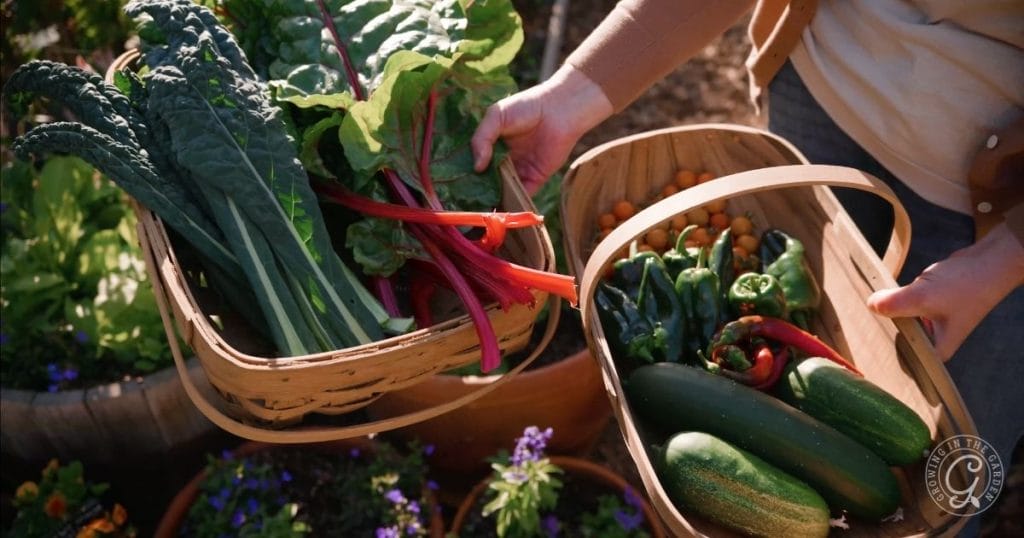
- Spring: Plant warm-season crops that can handle heat but still need time to establish before summer arrives. Key crops include tomatoes, peppers, beans, and cucumbers.
- Summer: Only the most heat-tolerant and drought-resistant plants will survive the intense desert summer. Key crops include okra, cowpeas, melons, and sweet potatoes. Learn more about heat-tolerant crops in this guide.
- Monsoon (Late Summer/Fall): After the monsoon rains, warm-season crops can have a second chance to thrive in the desert. Key crops include tomatoes, peppers, squash, corn, and beans.
- Fall/Winter: This is the prime time to plant cool-season crops that can withstand lower temperatures and shorter days. Key crops include leafy greens, root vegetables, brassicas (broccoli and cauliflower), garlic, onions, and peas. Get more ideas for cool season companion plants in this guide.
Vegetable, Herb, and Fruit Planting Guide for the Low Desert of Arizona

The ultimate resource for gardeners in arid regions with hot summers and mild winters—designed specifically for the low desert of Arizona.
It features information on how and when to start seeds indoors and when to transplant them outside for nearly 100 different fruits, vegetables, and herbs.
3. Amend and Prepare the Soil
Desert soils are often alkaline and low in organic matter. Some areas have caliche, which causes drainage issues. Improving soil is one of the most critical steps in desert gardening.
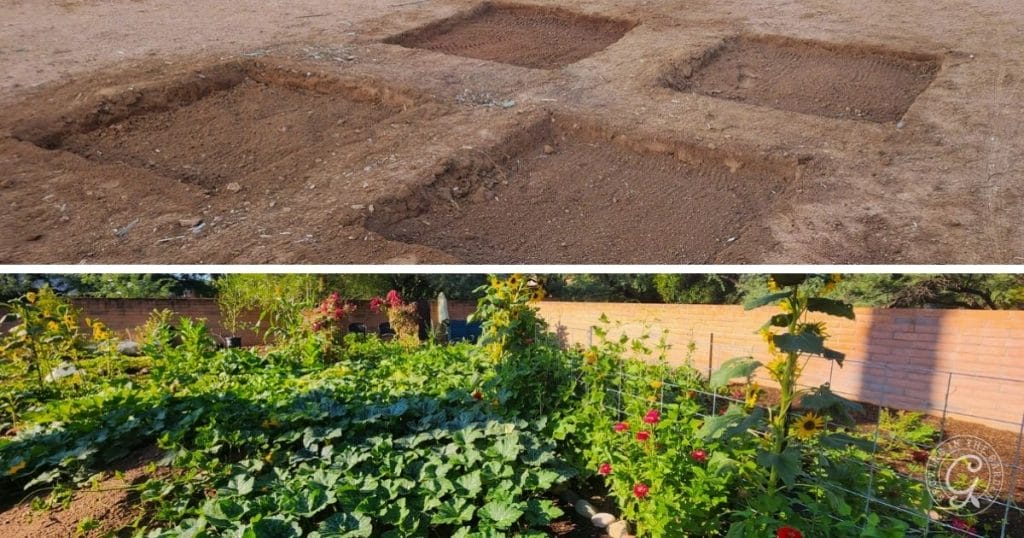
- Add organic matter often: Compost, worm castings, and well-rotted manure help improve water retention and add nutrients to the soil.
- Composting Tip: If you’re intimidated by large-scale composting. Get started by composting food scraps directly in your garden with in-bed vermicomposting bins.
- Raised beds: Raised beds are a simple way to begin gardening. They allow you to control the soil quality, improve drainage, and better use amendments like compost. Get more information about designing a raised bed garden here.
- Sunken garden beds: This method can take longer but offers advantages such as lower cost, better water retention, and cooler soil. This article explains more about sunken bed gardening.
- Use cover crops: During the summer, or anytime you aren’t growing crops, use cover crops to protect your soil and keep it alive. Cover crops also help improve soil structure and can be turned into the soil to add organic matter.
4. Water Wisely
Water is precious in the desert, and it is crucial to use it efficiently. Proper watering practices can make or break a garden in an arid climate.
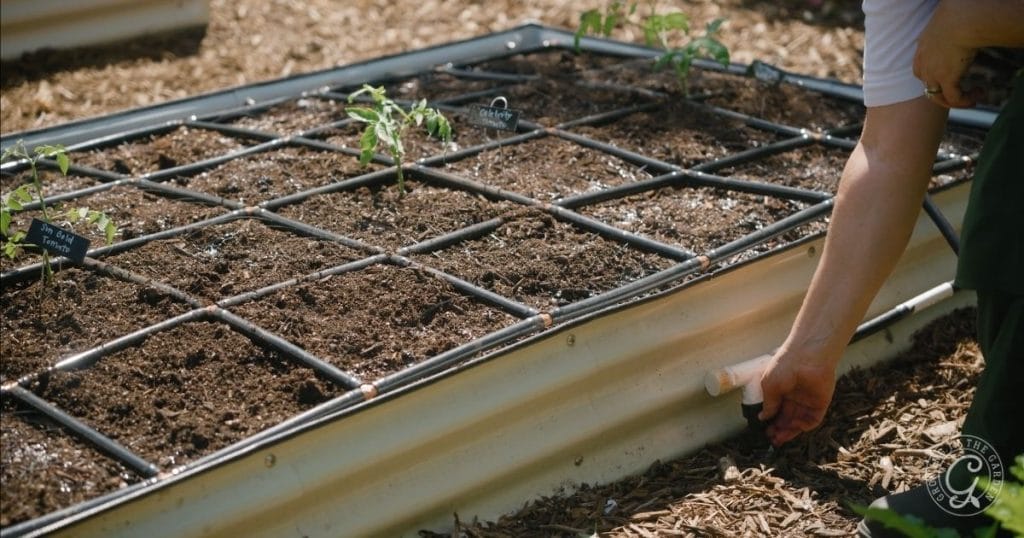
- Deep, infrequent watering: Water deeply but less often to encourage deep root growth. This will make plants more drought-tolerant. Learn more about how to water your garden here.
- Drip irrigation: Use drip irrigation or soaker hoses to deliver water directly to the roots, reducing evaporation and water waste.
- Mulch: Apply a thick layer of organic mulch around your plants to reduce evaporation, keep the soil cool, and prevent weeds.
- Managing salt buildup: In desert areas, irrigation water is often high in salts. Over time, these salts can accumulate in the soil and negatively affect plant growth. To manage this, periodically flush your soil by watering deeply (at least 12-18 inches down) to leach salts beyond the root zone. Get more water-saving tips for desert gardens in this guide.
5. Create Microclimates in Your Garden
What is a microclimate? A microclimate is a garden area with different growing conditions than the rest. For example, a spot with more shade or better air circulation can help protect plants from the heat.
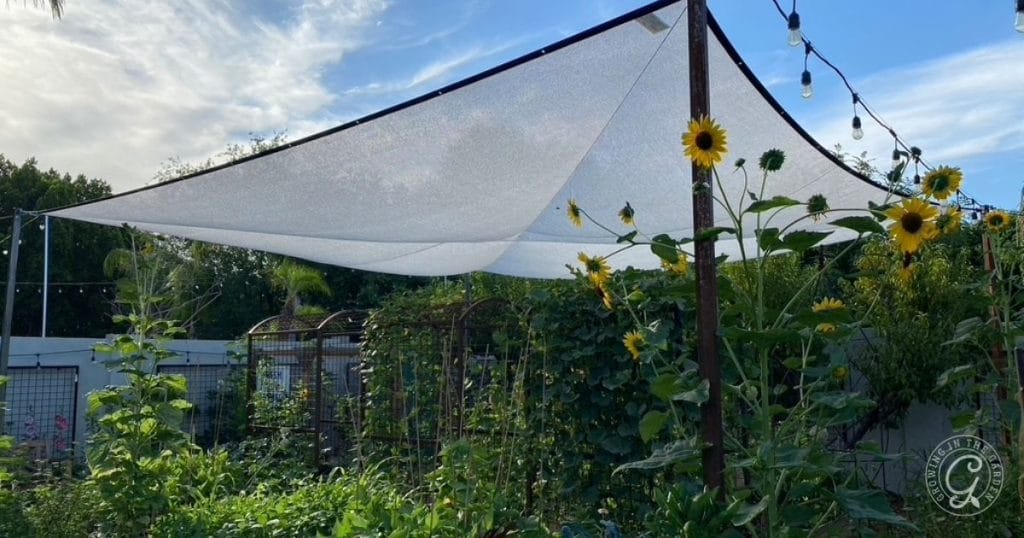
Creating microclimates is essential in desert gardening to help moderate the extreme temperatures and harsh sunlight. Here’s how to create microclimates in your yard:
- Plant trees and tall shrubs: These can provide much-needed shade for heat-sensitive crops, especially during summer.
- Avoid hardscape areas: Hard surfaces like concrete and asphalt absorb and radiate heat, making your garden hotter. Use permeable materials like gravel and mulch to help cool the area.
- Shade cloth: Use a 50% shade cloth to protect sensitive crops from the sun. This is especially useful for crops like tomatoes and peppers. Get more tips for adding shade cloth to your garden here.
- Maximize winter sunlight: During the cooler months, when the sun’s angle is lower, plant crops where they receive maximum sunlight. Avoid areas shaded by buildings or trees in the winter.
6. Manage the Heat Island Effect
Urban cities in arid climates like Phoenix can experience the “heat island effect,” where nighttime temperatures remain high due to heat absorbed by buildings, roads, and other structures. We’ve seen this recently with consistently higher-than-average night-time low temperatures. The trend is troubling.1
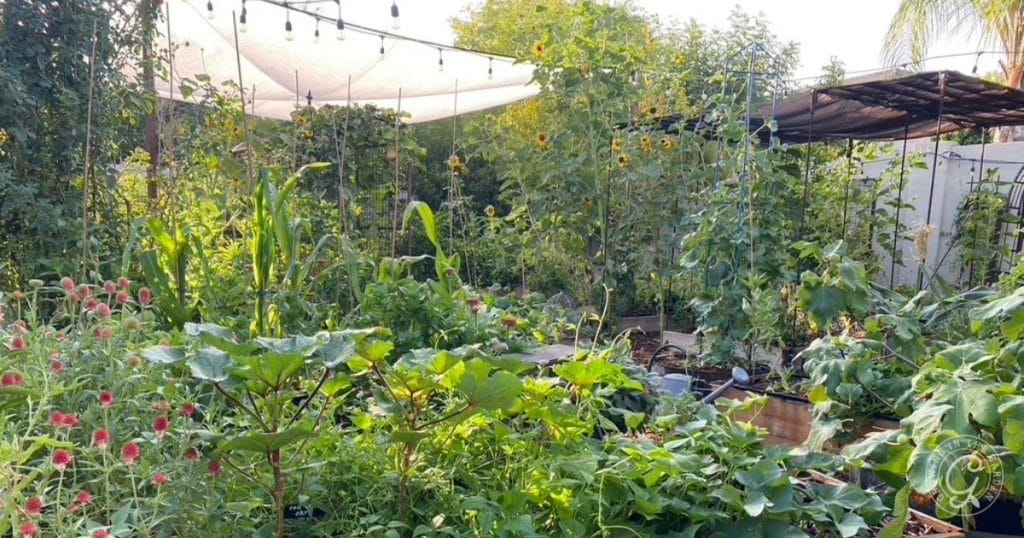
- Create cooling microclimates: Plant trees strategically to provide shade and use ground covers to lower soil temperatures. Group plants together to increase humidity in localized areas.
- Reduce hardscapes: To reduce heat buildup in your yard, minimize the use of hardscapes like concrete and asphalt. Mulch, permeable pavers, and ground covers will help cool the area and minimize the heat island effect. Find the best types of mulch in this guide.
7. Take a Summer Break or Grow Heat-Tolerant Crops
The intense heat of summer can be too much, so many desert gardeners choose to take the summer off. To continue growing throughout the summer, you must plant heat-tolerant crops that survive in high temperatures. Use the resources in this article about vegetable gardening in Arizona to help you get started.
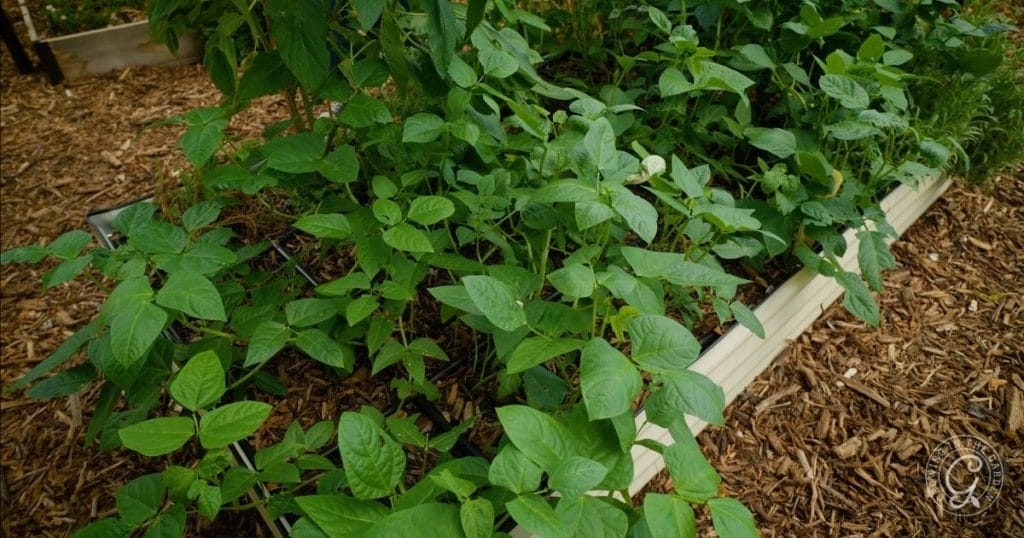
- Take a break: If maintaining a garden in the summer seems too daunting, take the summer off. Use cover crops to protect the soil. Cover crops can prepare the soil for the next growing season. Read more about heat-loving cover crops here.
- Grow heat-loving crops: If you want to keep growing crops during the summer like I do, plant crops like okra, cowpeas, tepary beans, melons, and sweet potatoes. These crops tolerate high temperatures. They continue to produce even in extreme heat.
8. Protect Plants from Pests
Gardening in arid climates brings its own set of pest challenges. Common desert garden pests include aphids, whiteflies, spider mites, and animals like birds, rabbits, and squirrels.
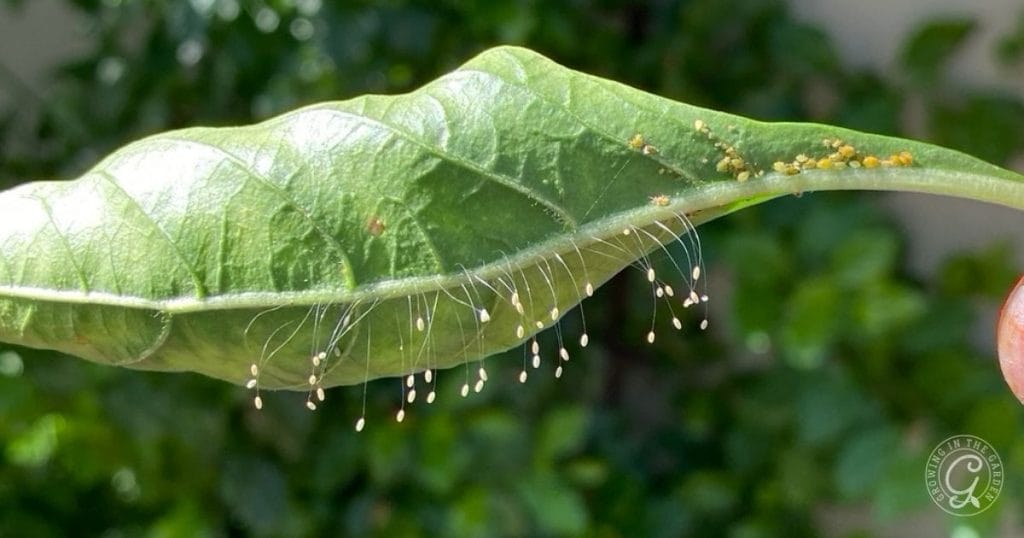
- Create a balanced ecosystem: Plant native annual and perennial flowering plants throughout your yard and garden. Eliminate the use of pesticides and limit the use of organic treatments to encourage beneficial insects and pollinators.
- Companion planting: Plant herbs like basil, cilantro, and marigolds to help repel pests naturally and attract beneficial insects. Learn more about companion planting in this guide.
- Physical barriers: To protect your plants from pests and wildlife, use row covers, bird netting, and fencing.
Seasonal Pest Note: You may notice different pests as the seasons change. Learn to expect these cycles in the garden. Often, there is no need to treat for pests. If you have a balanced ecosystem, you will see fluctuating levels of pests and their natural predators in your garden. Get more tips for preventing and managing pests here.
9. Learn from Failures
Gardening in arid climates can be difficult, and it’s important to remember that failures are part of the process. It doesn’t feel good when crops die or fail to produce. Unfortunately, some failures each season are normal (at least for me!).
- What to expect: Not every plant will thrive, especially when you’re starting. Some crops may not survive the intense heat or grow as quickly as expected.
- Why it’s okay: These failures provide valuable lessons about your specific microclimate, soil, and water needs. Each season, you will better recognize what works and what doesn’t. Even if a crop fails during one season, it may thrive when the season is longer/cooler/warmer the next time.
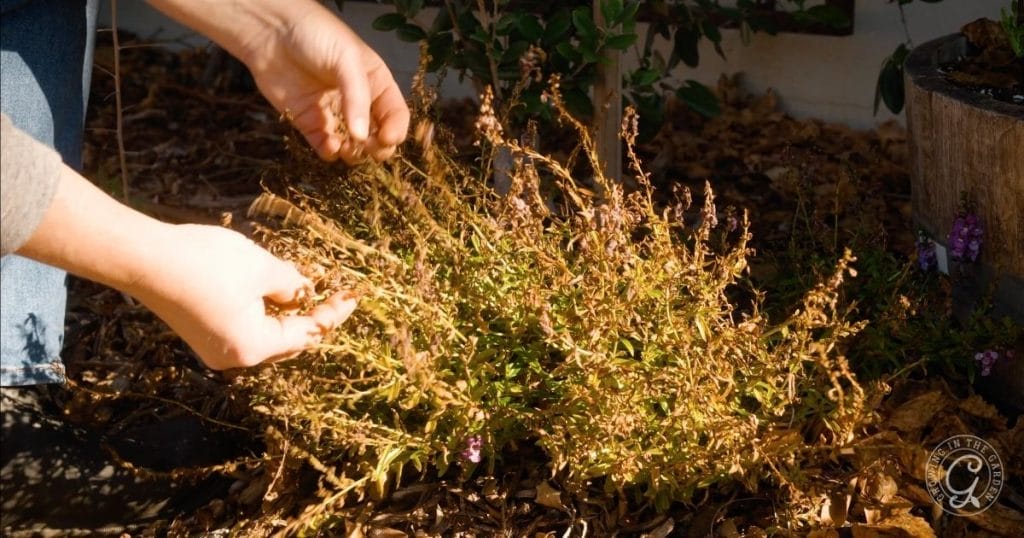
10. Use Local Resources and Connect with Other Gardeners
One of the best ways to learn is by engaging with your local gardening community. See my gardening classes page for a current list of upcoming in-person classes. Consider joining online groups like Growing in the Garden Academy. These are both places where you can connect with other local gardeners who face the same challenges.
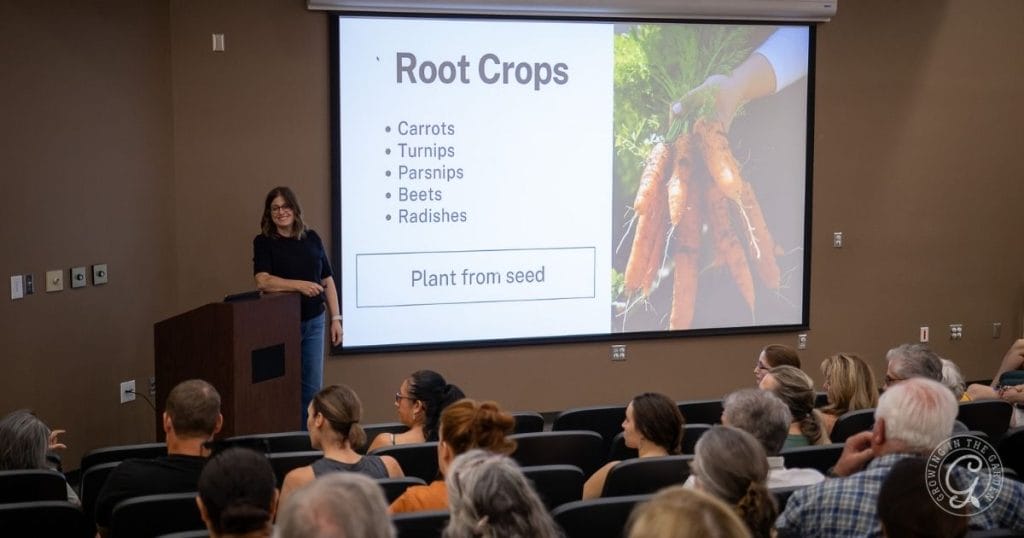
Source:
1 – Urban Heat in Phoenix: Patterns, Causes, Impacts, Phoenix Urban Heat Island and Tree & Shade Subcommittee, David Hondula, ASU Urban Climate Research Center.

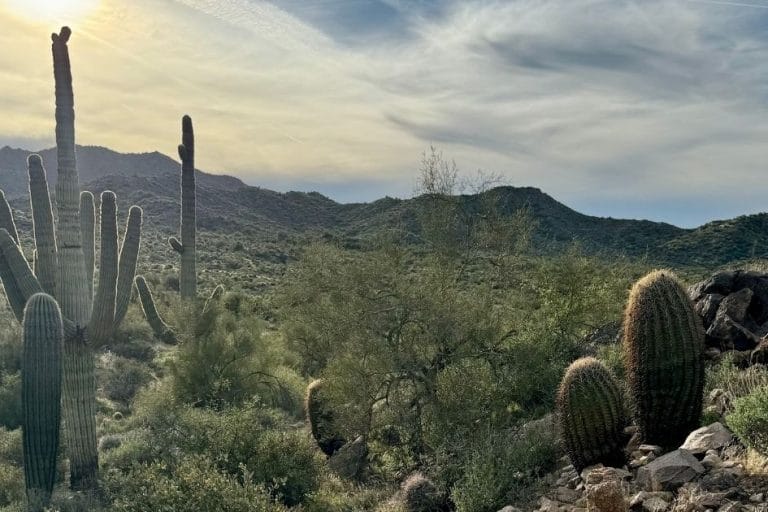
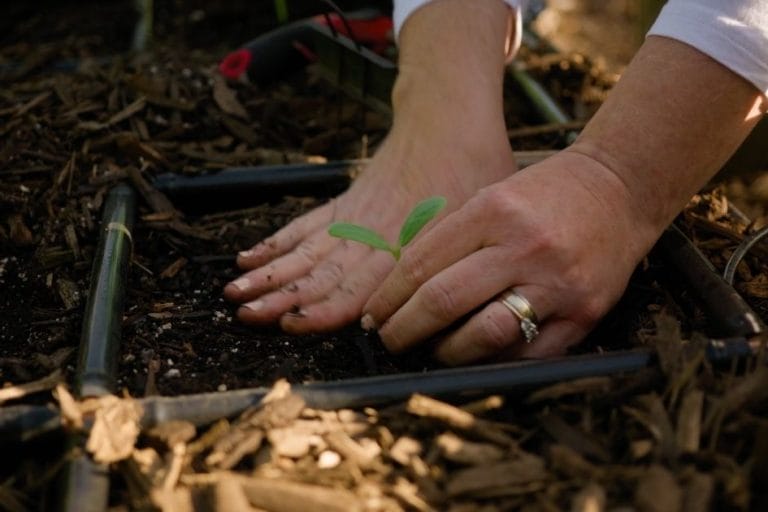


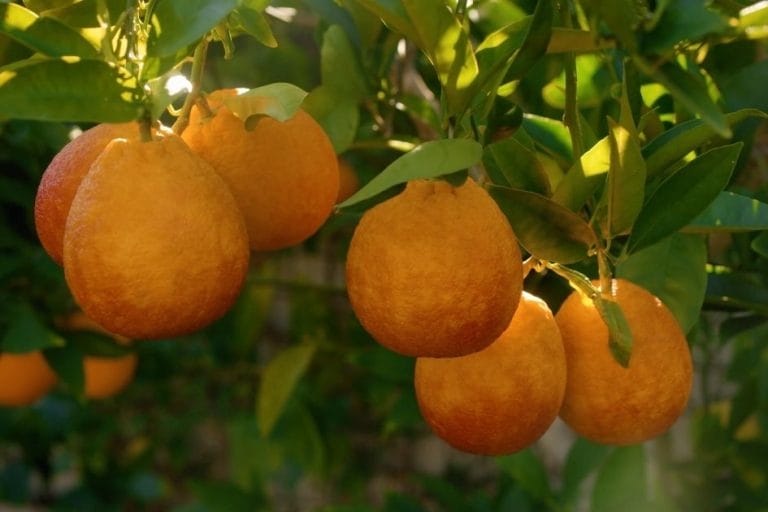
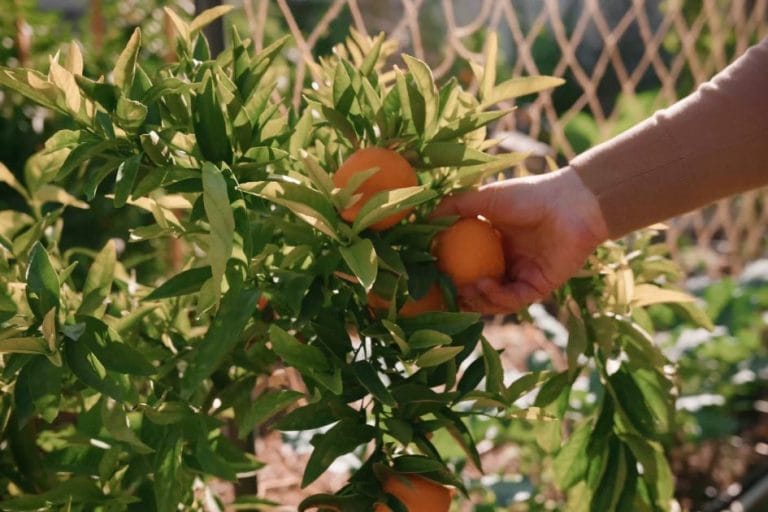
Leave a comment on Desert Gardening: How to Grow Vegetables in a Hot, Dry Climate